In an era largely recognized as the Fourth Industrial Revolution, robotics is playing a pivotal role in making work easier. In nearly every industry, robots are performing repetitive tasks or complementing human workers in doing these jobs quicker, better, and at a lower cost.
In the aviation industry, engineers are designing and deploying robots of all types to make critical maintenance easier. Let’s take a look at a few of the tried and true robots in the field today and how they’re helping maintenance crews so jet owners can take to the skies with peace of mind.
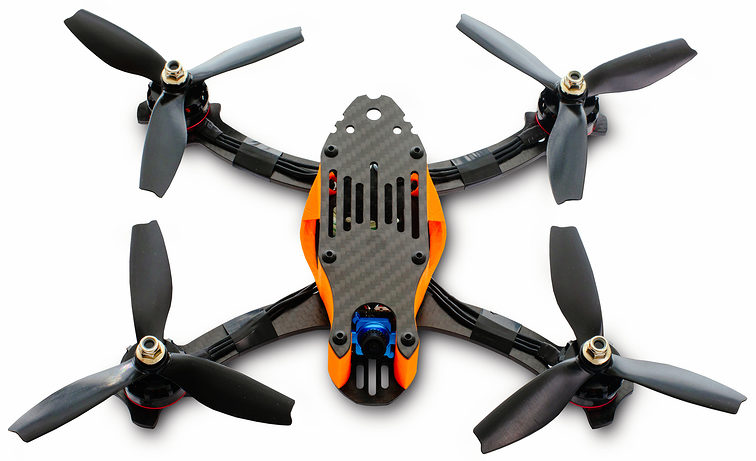
Maintenance drones
Maintenance, repair, and overhaul (MRO) drones were the first robots to take the field in the aviation maintenance industry. In 2015, unmanned aircraft developer Blue Bear Systems Research deployed a drone to thoroughly inspect the exterior of an airliner for inclement weather damage. Since then, several other MRO drone manufacturers have entered the market driving drone capabilities forward.
MRO drones work by flying predetermined paths around jets, using a high definition camera to show inspectors a crisp visual of the aircraft’s surface. Using drones has the potential to reduce inspection times from as long as six hours down to about two. This not only enables faster repairs but also repeatability in the inspection process.

The future of MRO drones is also exciting. Developers like Blue Bear and Output42 are aiming to create drone software that further maximizes inspection capabilities based on individual jet types. This includes prerecorded inspection flight paths and the ability to automatically detect damage, such as that from hail or bird strikes.
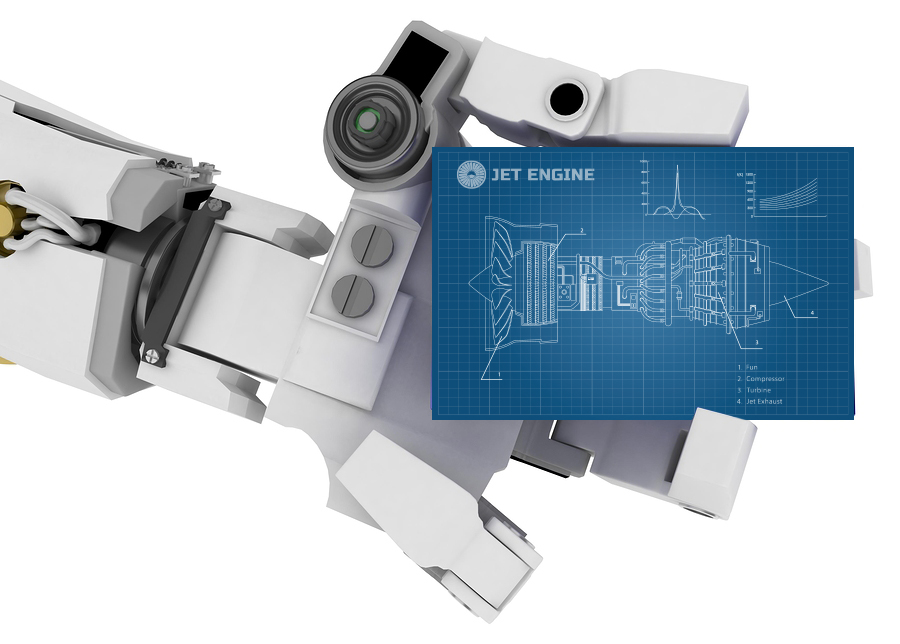
Engine maintenance robots
A jet engine is a complicated mechanical engineering marvel and repairing one is no small task. Aside from being inherently complicated, jet engines are also totally enclosed and must be removed from jets for repairs and maintenance. Famed automaker and engine innovator Rolls Royce is looking to change this through the power of robotics.
In conjunction with the University of Nottingham and Harvard University, Rolls Royce has developed a series of swarm robots to tackle jet engine maintenance. Measuring just 10 millimeters in diameter, these robots are injected into a jet engine to provide visual feedback on the contents of the case and its many components.
Phase two of this initiative will involve a maintenance team installing a bore-blending robot within the engine and deploying it remotely for engine maintenance. Using remote controls, an inspection team will be able to execute minor maintenance without ever opening the engine compartment.

Other robotic assistants
As technologies continue to evolve in the robotics field, engineers are exploring more and more iterations of helper robots. Examples like Invert Robotics’ climber robot show the abilities of robots to adapt to jet maintenance crew needs, providing everything from terrain maneuvering assistance to high-definition video transmission.
Regardless of what form jet maintenance robots take or what service they’re able to provide, they’re reducing the time, cost, and margin of error for jet maintenance. Results are better inspection standards, more efficient maintenance, and safer jets extending to private and business aviation.
[et_pb_section bb_built=”1″ fullwidth=”on” specialty=”off” background_image=”https://www.l-lint.com/wp-content/uploads/2016/03/slider_1_1.jpg” transparent_background=”off” allow_player_pause=”off” inner_shadow=”off” parallax=”off” parallax_method=”off” padding_mobile=”off” make_fullwidth=”off” use_custom_width=”off” width_unit=”on” make_equal=”off” use_custom_gutter=”off” custom_padding_tablet=”50px|0|50px|0″ custom_padding_last_edited=”on|desktop”][et_pb_fullwidth_header title=”CORPORATE JET INSIDER” background_layout=”light” text_orientation=”center” header_fullscreen=”off” header_scroll_down=”off” background_url=”https://www.l-lint.com/wp-content/uploads/2016/03/slider_1_1.jpg” background_overlay_color=”rgba(255,255,255,0.82)” parallax=”off” parallax_method=”off” content_orientation=”center” image_orientation=”center” custom_button_one=”off” button_one_letter_spacing=”0″ button_one_use_icon=”default” button_one_icon_placement=”right” button_one_on_hover=”on” button_one_letter_spacing_hover=”0″ custom_button_two=”off” button_two_letter_spacing=”0″ button_two_use_icon=”default” button_two_icon_placement=”right” button_two_on_hover=”on” button_two_letter_spacing_hover=”0″ background_image=”https://www.l-lint.com/wp-content/uploads/2016/03/slider_1_1.jpg” /][/et_pb_section][et_pb_section bb_built=”1″ admin_label=”section”][et_pb_row admin_label=”row” background_position=”top_left” background_repeat=”repeat” background_size=”initial”][et_pb_column type=”3_4″][et_pb_post_title title=”on” meta=”on” author=”off” date=”on” categories=”on” comments=”off” featured_image=”off” featured_placement=”below” parallax_effect=”on” parallax_method=”off” text_orientation=”left” text_color=”dark” text_background=”off” text_bg_color=”rgba(255,255,255,0.9)” module_bg_color=”rgba(255,255,255,0)” title_all_caps=”off” use_border_color=”off” border_color=”#ffffff” border_style=”solid” background_color=”rgba(255,255,255,0)” parallax=”on” /][et_pb_text background_layout=”light” _builder_version=”3.0.85″]
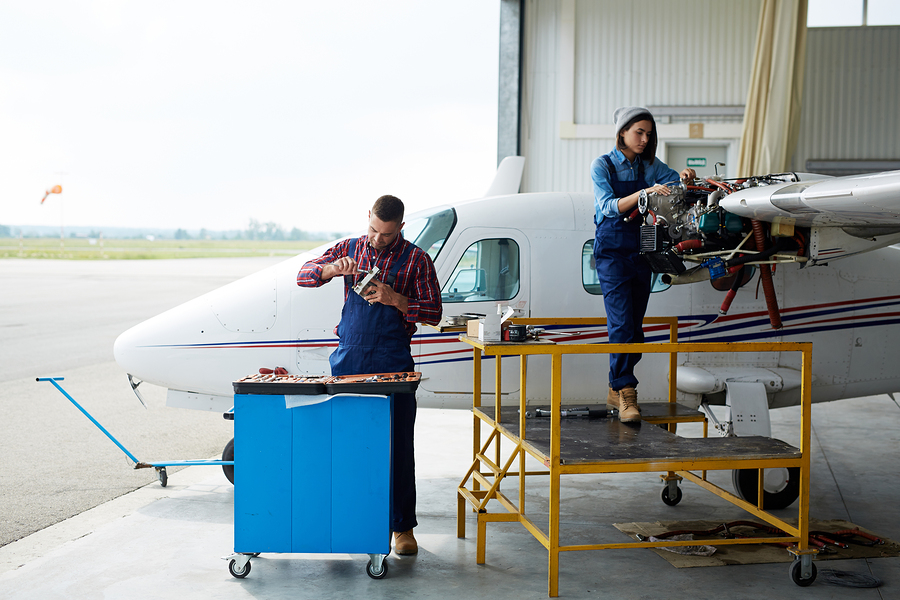 Business aviation is expanding as new types of customers invest in aircraft and grow global markets. That means all areas of the industry will require more workers. In fact, analysts expect the number of aviation jobs in 2018 to be double 2017 numbers.
Business aviation is expanding as new types of customers invest in aircraft and grow global markets. That means all areas of the industry will require more workers. In fact, analysts expect the number of aviation jobs in 2018 to be double 2017 numbers.
A private pilot shortage has been growing for several years now, and it’s only likely to worsen as both business and commercial airline travel picks up. Many factors are contributing to the private and business pilot shortage, including retirement, low national unemployment, extensive training requirements, intense job demands, and competition from airlines.
In addition to pilots, this lack of skilled workers is also a growing concern for companies that repair and maintain airplanes, according to the AOPA article. As the private and business aviation industry expands, it will likely be increasingly difficult for this segment of the industry to keep up with demand. One of the biggest challenges for maintaining an adequate workforce for business and private aviation is competition — and not just from the airlines boasting higher salaries and more predictable schedules. In fact, aircraft mechanics’ skills are transferable to many other industries.
To mitigate these challenges in the short term, business and private jet owners can step up recruitment efforts and make sure the salaries and incentives they offer are enticing and their work environments empowering and fulfilling. But industry stakeholders also need to invest in more long-term solutions to get more people interested in aviation and also provide educational opportunities and resources to help train those interested in pursuing careers in the industry.
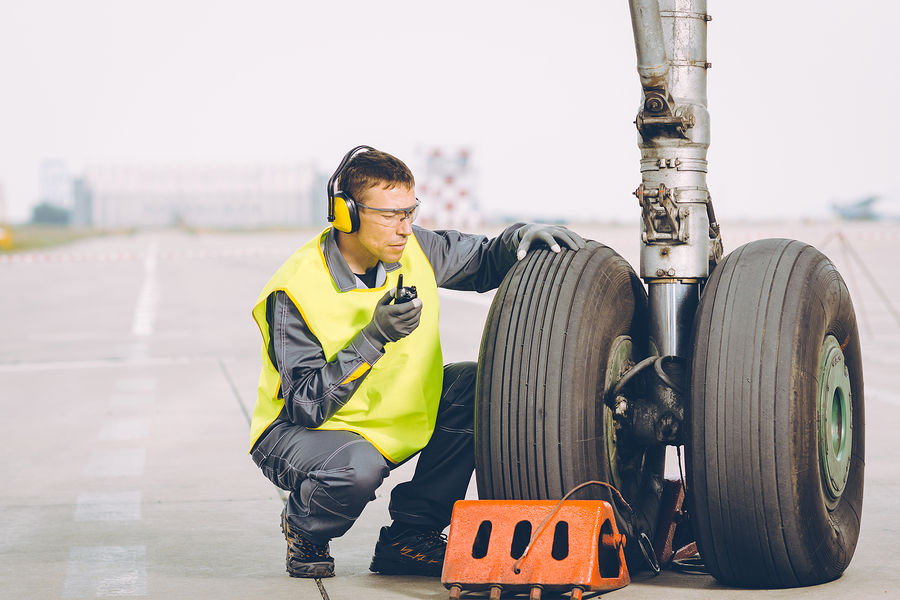
Developing tomorrow’s workforce
With the impending shortage of qualified aviation workers, various organizations, companies, and politicians are developing programs and initiatives to help attract qualified pilots, mechanics, and aviation safety personnel. Here is a sampling of some those programs:
- As discussed in our March blog, “Calling All New to BizAv: NBAA Mentors Newcomers, Senators Welcome Women,” the National Business Aviation Association (NBAA) has created a mentorship program that pairs industry professionals with individuals interested in business aviation careers. Mentors can inspire mentees, answer questions, and guide them along a path to their desired goals. In addition, lawmakers are considering two initiatives to encourage women to enter aviation. In addition, the Promoting Women in the Aviation Workforce Act of 2017 spurs industry leaders to promote training and mentorships for women interested in aviation. The bill also asks the FAA to sponsor a Women in Aviation Advisory Board and to find ways to increase the opportunities for women in aviation. In a related action, lawmakers approved the Women in Aerospace Act, which allows certain science agencies to sponsor grant opportunities for women and for NASA to prioritize recruitment of women and minorities in aviation jobs.
 Two non-profit organizations — Liftoff Learning and I Hart Flying Foundation — have partnered to offer flight scholarships and bring awareness to the gender gap and lack of diversity in aviation.
Two non-profit organizations — Liftoff Learning and I Hart Flying Foundation — have partnered to offer flight scholarships and bring awareness to the gender gap and lack of diversity in aviation.- The 29th annual Women in Aviation International conference focused on connecting, engaging, and inspiring young women to follow paths into aviation. It offered educational sessions, a “Minute Mentoring” program, and in-person interviews.
- The Aviation Maintenance Workforce Bill, currently in the Senate, would allocate up to $500,000 in grants for training programs and scholarships to increase the number of qualified aviation workers entering this career pipeline.
- Gulfstream Aerospace is adding to its student leadership program with a new service center and completion facility in the Dallas-Fort Worth area. The program — which started in Savannah, Georgia, in 2008 — introduces high school students to aviation, engineering, manufacturing, and other related career paths.
These initiatives and programs are vital if those in the business and private aviation industry are to reduce the severity of the looming shortage of pilots, aircraft mechanics, and avionics technicians. It takes two to three years of intensive classes and flight training to turn out a qualified jet pilot, and if both companies and mentors don’t make it worth students’ time and tuition, they risk losing the students they’ve supported throughout their educations to the airlines after graduation.
[/et_pb_text][/et_pb_column][et_pb_column type=”1_4″][et_pb_sidebar orientation=”right” area=”sidebar-1″ background_layout=”light” remove_border=”off” show_border=”off” /][/et_pb_column][/et_pb_row][/et_pb_section]
Personal jets and private pilots are subject to less regulatory scrutiny than their distant commercial cousins. But the absence of federal inspections doesn’t mean you can maintain your jet and crew at bare minimum.
Jet owners have the option to utilize third-party safety audits to evaluate aircraft integrity. Third-party safety auditors inspect planes and supporting facilities, recommend training and professional development, and assist in streamlining operations.
Who conducts a safety audit?
Third-party safety auditors come from organizations like Aviation Research Group U.S., the Air Charter Safety Foundation, and the International Standard for Business Aircraft Operations — technical and policy experts in aviation.
Regular safety audits can identify operational risks, reduce accidents and delays, increase reliability, as well as benchmark procedures against best practices and international standards, and auditors can even provide on-site support.
Most organizations offer one-time inspections or managed auditing services, depending on your operation scope. Personnel complete on-site regulatory and technical audits under applicable regulations where they apply.
When should you schedule a safety audit?
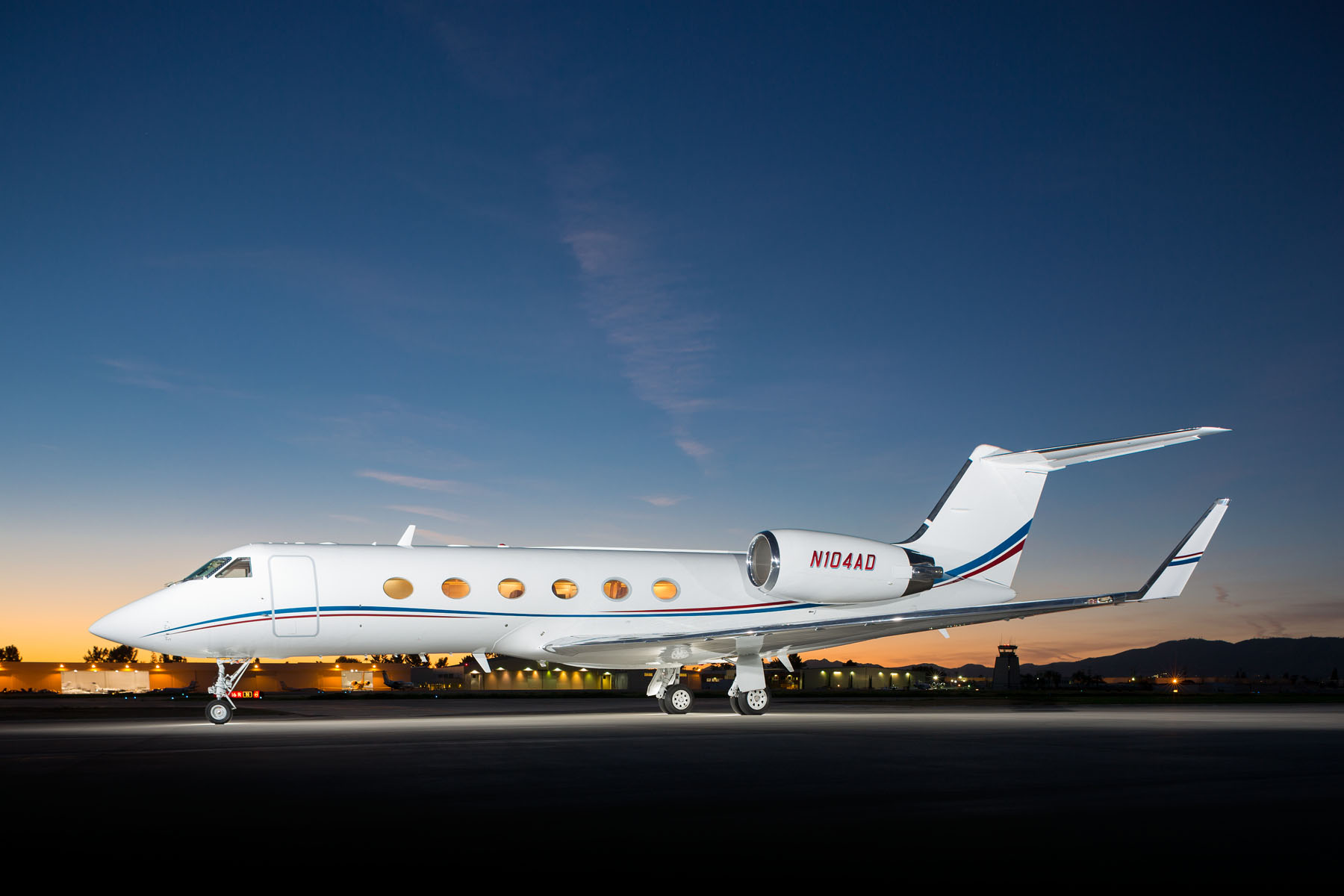
[su_button url=”https://www.l-lint.com/aircraft/gulfstream-g-iv-sp-2000/” target=”blank” style=”3d” background=”#F25720″ center=”yes” radius=”round” icon=”icon: arrow-circle-right” text_shadow=”0px 0px 0px #000000″]View Gulfstream G-IV SP[/su_button]
You should hire a third party to perform your safety audits periodically — although not necessarily on a predictable schedule. So, when should you conduct an audit? Whenever you’ve got a major trip on the books or after hiring new personnel or moving to a new hangar, it’s time.
How can an aircraft broker help?
Experienced brokers can provide compliance monitoring and technical assistance. In the absence of a regulatory environment, a trusted source can offer insights into jet safety. Aircraft brokers are also part of an industrywide network and can connect you with operators, personnel, and auditors.
Regular sufficient maintenance can ensure your jet safety and longevity. A third-party safety audit can be a primary component of that care.
When you research jet ownership and safety standards, speak with those who specialize in aviation and facilitate third-party safety audits for private jet owners. For advice from industry experts, reach L & L International sales specialists today at
sales@L-Lint.com, call us anytime at
+1 (305) 754-3313, or
visit us online.
 If you frequently fly private jets, your departing and landing experience may be limited to walking across the hangar and into a waiting car. However, an airport’s fixed-base operator (FBO) offers many useful ground-support services you might not know about — services that can make your flying experience safe and low-stress:
If you frequently fly private jets, your departing and landing experience may be limited to walking across the hangar and into a waiting car. However, an airport’s fixed-base operator (FBO) offers many useful ground-support services you might not know about — services that can make your flying experience safe and low-stress:
- Ground equipment — Fuel is a primary source of income for FBOs and an important service for jet owners. After a long flight, the FBO staff will refuel your aircraft so that you’re ready for your next destination. And many FBOs offer fuel loyalty programs, allowing customers to accrue points that can be used toward future purchases. FBOs also have deicing trucks, tow bars, ground power units (GPUs), and other equipment to assist your landing and departure.
- Maintenance — In case of an emergency, all FBOs can provide maintenance services; it’s even an airport requirement. In a worst-case scenario, it is a comfort to know that an FBO can provide the assistance you need to get you on your way.
- Amenities — FBOs offer several services to keep you and your crew comfortable, such as concierge services, in-flight catering, hangar space, and sales of aircraft parts and supplies. Facilities such as a pilot lounge with computers and weather-reporting services, showers, Wi-Fi, and other amenities are typically available as well. Full-service FBOs strive to exceed customer expectations — they may have a hot cup of coffee ready for you upon arrival or even food ordered in from your preferred restaurant.
Some airports have as many as six FBOs. To locate an FBO at your destination airport, use an FBO directory such as the one available at GlobalAir.com.
FBOs are a key perk of flying a private aircraft. A dedicated FBO, such as Orion Jet Center in Miami, works to provide services that make clients’ travel experiences comfortable and enjoyable.
Contact L & L International if you need assistance in purchasing or selling a private jet.You can reach our sales specialists today at sales@L-Lint.com, call us any time at +1.305.754.3313, or visit us online.
 A buyer’s first impression of any item for sale — be it a house, a car, or an aircraft — is based largely on its appearance. A renovated interior and cleaned or repainted exterior can get prospective buyers excited about your aircraft. It’s also a great way to improve your aircraft’s value, just as remodeling the kitchen or installing new flooring can add value to a home.
A buyer’s first impression of any item for sale — be it a house, a car, or an aircraft — is based largely on its appearance. A renovated interior and cleaned or repainted exterior can get prospective buyers excited about your aircraft. It’s also a great way to improve your aircraft’s value, just as remodeling the kitchen or installing new flooring can add value to a home.
But similarly to home improvements, some enhancements affect an aircraft’s value more than others. The key to making cost-effective and value-adding upgrades is to know which ones will make your aircraft more desirable to prospective buyers. These four refurbishments are most likely to boost your aircraft’s value and wow buyers.
1. Paint
A new exterior paint job can wow a potential buyer, as long as it’s is done well. Old paint should be removed properly, the aircraft should not be over-sprayed and over-buffed, and the paint used should be high-quality and a neutral or classic color. An aircraft that’s repainted every five to seven years will be an asset to current owners as well as future buyers.
2. Aesthetic improvements
Improving your aircraft’s aesthetics means modernizing interior features. Interior upgrades can be one of your biggest aircraft maintenance expenses, but they’re essential to preserving and even improving the value of your aircraft. Like painting, interior upgrades should be done every five to seven years.
Interior investments in updated seats, new carpet, refinished cabinetry, and refurbished hardware can go a long way toward differentiating your aircraft from others on the market. Avoid over-customizing your aircraft’s interior or choosing upgrades based solely on your unique personal tastes. Instead, opt for classic interior upgrades that have universal appeal.
3. Technology updates
The addition or upgrade of Wi-Fi technology, LED lighting, and state-of-the art entertainment systems make a big impact on buyers in the market for a quality pre-owned jet. Out-of-date technology gives the impression that the aircraft is outdated as well.
4. Detailing
Though it may seem obvious, cleanliness makes a huge difference in perceived value of a pre-owned plane. Investing in professional detailing, ideally on a regular schedule, improves the flight experience for current and future passengers and helps prevent wear and tear on your interior investments.
Posh, glitzy interiors may attract attention, but investments in such upgrades won’t give you the most bang for your buck. Sensible, cost-effective refurbishments will make your aircraft’s interior more attractive and comfortable and will help to make your plane more marketable when you’re ready to sell.
Contact L & L International if you need assistance in purchasing or selling a private jet. You can reach our sales specialists today at sales@L-Lint.com, call us any time at +1.305.754.3313, or visit us online.
You’ve invested millions in your aircraft. To keep it in top condition and help to maintain its value, you must also invest in an ongoing maintenance program, which includes not just mechanical upkeep but also detailing.
Aircraft detailing is a lot more involved than simply wiping everything down with a wet rag. This labor-intensive process typically takes two to five days and is best performed by a professional detailing firm. A qualified firm has trained personnel, is bonded, and has liability insurance.
Detailing can be exterior, interior, or both. An exterior detail can range from polishing and removing scratches and blemishes to degreasing, brightwork, and landing gear treatment.
Costs for a well-done detailing job by a trusted company generally run in the tens of thousands of dollars, depending on the aircraft model. But the cost of detailing is often far less than even one-tenth of the cost of a complete cabin refurbishment and takes considerably less time. If you want a like-new aircraft without the price tag and time investment of a refurbishment, for a relatively small investment, detailing offers a big return.

![]()
Many aircraft owners choose to outsource the essential, though time-consuming, tasks of staffing an aircraft and keeping it properly maintained. The right aircraft management firm can help protect you from risk, reduce cost, maximize revenue, and protect your business aviation asset.
Ask the right questions
When evaluating and selecting an aircraft provider, gather detailed information about the firm so that you can accurately assess whether it will be a good fit for your needs.
First and foremost, evaluate prospective aircraft management providers’ safety records and financial stability. The FAA holds aircraft owners/operators responsible for making sure mandated scheduled maintenance is performed, so you need to find a company that is reliable and has an excellent reputation. To do so, you can ask questions such as:
- How long has the company been in business?
- Has the company had any accidents? If so, get details.
- What are the crew’s qualifications?
- What type of equipment does the company have experience with? There are excellent management companies that won’t work for your situation because they don’t have experience with your aircraft. Ideally, the provider should be well-versed in flying and servicing your aircraft model.
- Has the company been Wyvern or ARG/US audited and at what level? You can cross-reference their responses with the National Transportation Safety Board and the FAA to determine whether the company or its managed aircraft were involved in any incidents or accidents.
- What best practices and safety management procedures does the company abide by? When you visit the facility, are you comfortable with what you experience?
- Is the company’s focus compatible with your travel aims (e.g., long-haul international versus domestic experience)?
- What is the firm’s maintenance program? You need to be aware of the schedule for replacement of parts and maintenance, and you’ll want to check that repair records are duly documented for resale and regulation.
- Does the contract address your particular requirements and clearly state both parties’ expectations?
With all the i’s to dot and t’s to cross in private jet ownership, maintenance and management can be overwhelming. The right aircraft management firm has the experience and bandwidth to lighten this burden and be your guide, so that you can focus on the benefits of owning and operating your aircraft.
Contact L & L International if you need assistance in purchasing or selling a private jet.
You can reach our sales specialists today at sales@L-Lint.com, call us any time at+1.305.754.3313, or visit us online.
Exactly what is an AHM? Aircraft health monitoring systems (AHMs) use sensors to collect and feed performance data from various systems in an aircraft — aero-propulsion, structures, and ancillary systems — to a central server. That data is then available to operators, OEMs, and ground engineers, who use it to proactively identify maintenance issues and make repairs.
Simply put, this planned downtime helps aircraft owners avoid unplanned downtime that would put an aircraft out of service. AHMs give a real-time picture of a jet’s health, allowing for real-time adjustments that make flying safer and maintenance records more accurate.
Newer aircraft such as those from Gulfstream and Embraer already offer AHMs, and industry experts expect the market for line-fit and retrofit AHM products to continue to grow — and fast. The current market for line-fit and retro-fit AHM markets is $896 million and a compound annual growth rate of 2.1% is projected over the next five years. It’s easy to see why the market is growing so quickly; AHMs
- enable proactive maintenance,
- make maintenance quicker and more reliable,
- cut costs,
- make aircraft safer, and
- reduce downtime that results from an aircraft being grounded.
Despite all of these perks, AHMs still have industry barriers to overcome: There has been some resistance from regulators over the acceptance of AHMs and the data they provide. However, manufacturers and mechanics alike are working to change this perspective and the associated regulations, from general maintenance programs to customized mechanical checks based on the real-time data offered by AHMs.
As acceptance grows and more owners look to incorporate AHM technology into their aircraft, the need for skilled aircraft maintenance technicians will increase. It is important to seek out technicians who are specifically trained to use AHMs, with both computer skills and skills in aircraft mechanics.
AHMs are on the rise and will become a more commonplace feature in newer aircraft and retro-fitted older aircraft in the next few years, making the skies even safer.
Contact L & L International if you need assistance in purchasing or selling a private jet. You can reach our sales specialists today at sales@L-Lint.com, call us any time at 877-453-8276 (+1.305.754.3313), or visit us online.
Many aircraft owners are concerned about noise inside the cabin, but the people you are flying over are more concerned about the noise outside your aircraft. The FAA has imposed Stage 3 noise limits on all aircraft weighing 75,000 pounds or less and operating in the lower 48 states, and aircraft must comply with those limits by the end of 2015. What are your options if your aircraft does not comply with the FAA’s limits?
Don’t panic — an older jet isn’t necessarily destined for the scrap heap. Operators are turning to noise-abatement procedures or hush kits to make their aircraft compliant with the FAA’s ruling.
Noise-abatement procedures are standard steps aircraft operators can take to reduce aircraft noise. They include actions such as raising or redirecting approach paths, climbing quickly upon takeoff, or reducing power near airports.
Hush kits produce a similar effect to modern high-bypass turbofan engines, which have a large fan mounted afore the jet engine’s core. The larger the fan, the more effective the bypass air is at containing the jet exhaust at the engine’s rear, thereby reducing noise.
There are a variety of hush kits available from manufacturers such as QTA, Hubbard Aviation Technologies, and MP Aero:
- The QTA Hush Kit offers a unique design that integrates its acoustic system with an aircraft’s existing thrust reverser system to provide advanced noise suppression without affecting the plane’s handling or range.
- The QS3 Hushkit system from Hubbard Aviation Technologies consists of three major components — an alternating-lobe exhaust nozzle, a fuselage-mounted acoustically lined ejector, and a cascade-style thrust reverser — that absorb noise without compromising engine performance.
- MP Aero provides customized hush kits. For one client, the aircraft component manufacturer developed a hush kit system that reduced reverse thrust noise in the cabin and outside the plane and reduced temperatures, stresses, and vibration loads on the engine.
Your older jet might be noisy, but the good news is you do have options for complying with FAA noise mandates that will keep your aircraft flying — quietly.
Contact L & L International if you need assistance in purchasing or selling a private jet. You can reach our sales specialists today at sales@L-Lint.com, call us any time at 877-453-8276 (+1.305.754.3313), or visit us online.
The season for spring cleaning is the ideal time of year to assess the condition of your business jet and plan needed upgrades. Customizing your jet’s interior, detailing the jet’s exterior, and boosting security are all good “spring cleaning” options for private jet owners to consider.
Aircraft interior customizations
Why is customizing a jet’s interior so popular right now?
- It’s a cost-effective way to meet the changing needs of business execs.
- It effectively boosts a jet’s resale value.
- It’s faster and costs less than buying a new plane.
A recent Forbes article, “Eight Trends In Private Jet Travel,” listed customizing jet interiors as one of the hottest trends in jet ownership. What kinds of customizations are jet owners making?
- Updating lavatories to include showers
- Adding full dining tables
- Upgrading carpet with custom patterns in wool and silk
- Updating to match new company branding
Jet exterior detailing
Detailing the exterior of your jet makes it look as good as new. It also ensures better wear and less exterior corrosion, keeping the value of your jet as high as possible. You can also upgrade the plane’s exterior to match your brand, so that more customers see it.
Adding security upgrades
As part of your upgrade plan, you can invest in security enhancements to protect your multi-million dollar jet from vandalism, theft, and damage. Keeping an eye on your jet 24/7 is much easier with upgraded security systems, high-performance detectors, and night-time security cameras.
Spring can also be a big time for change. If you’re ready to sell or buy a jet, let L&L International help you find the right buyer or the right new jet to purchase.
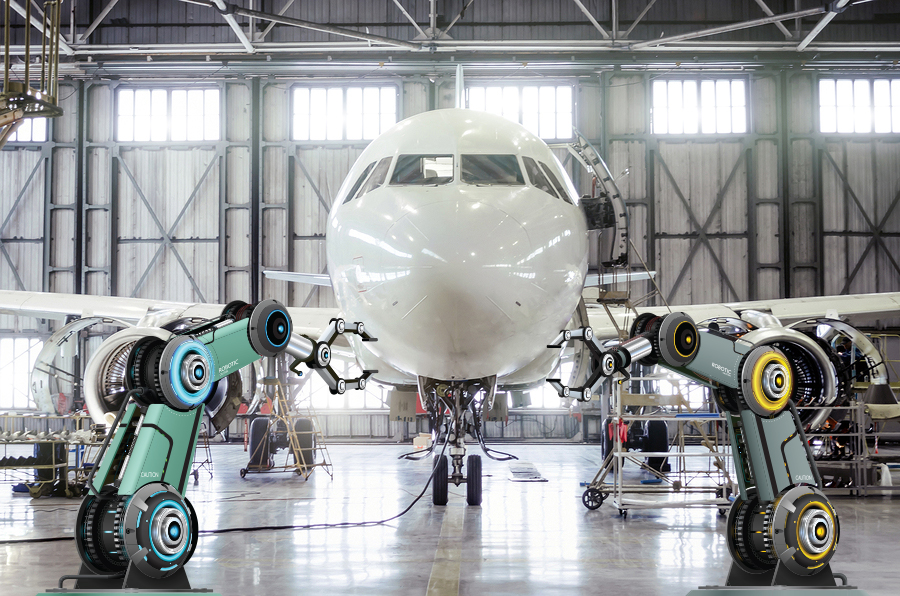







 If you frequently fly private jets, your departing and landing experience may be limited to walking across the hangar and into a waiting car. However, an airport’s fixed-base operator (FBO) offers many useful ground-support services you might not know about — services that can make your flying experience safe and low-stress:
If you frequently fly private jets, your departing and landing experience may be limited to walking across the hangar and into a waiting car. However, an airport’s fixed-base operator (FBO) offers many useful ground-support services you might not know about — services that can make your flying experience safe and low-stress: A buyer’s first impression of any item for sale — be it a house, a car, or an aircraft — is based largely on its appearance. A renovated interior and cleaned or repainted exterior can get prospective buyers excited about your aircraft. It’s also a great way to improve your aircraft’s value, just as remodeling the kitchen or installing new flooring can add value to a home.
A buyer’s first impression of any item for sale — be it a house, a car, or an aircraft — is based largely on its appearance. A renovated interior and cleaned or repainted exterior can get prospective buyers excited about your aircraft. It’s also a great way to improve your aircraft’s value, just as remodeling the kitchen or installing new flooring can add value to a home.